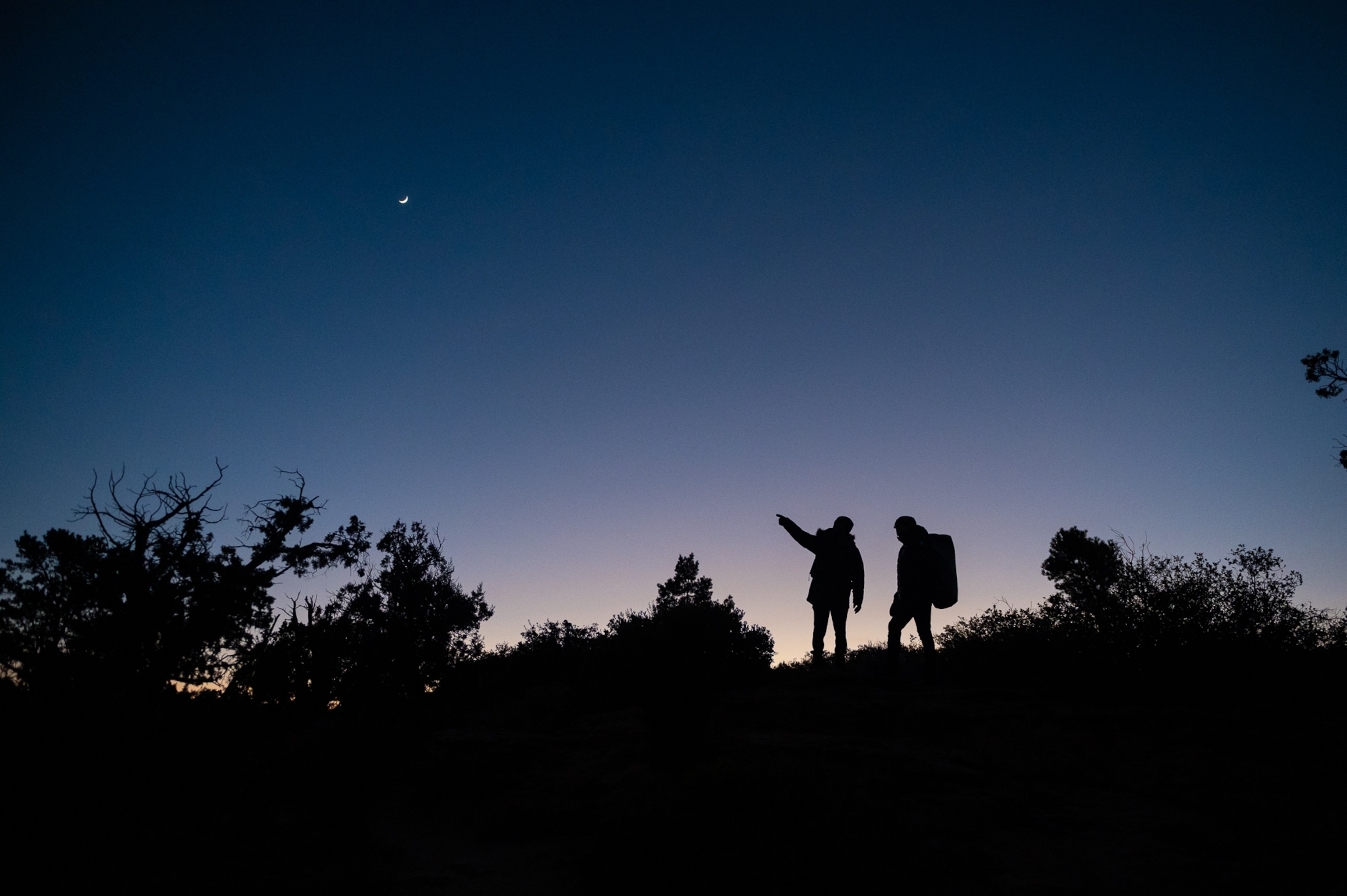
Driven to capture the night sky
National Geographic photographer Babak Tafreshi and NASCAR driver Bubba Wallace team up to capture the stars.
What could pointing a race car toward the finish line and pointing a camera at the Milky Way have in common? More than you might imagine.
Race car driver Bubba Wallace is famed for his social justice work, along with being the first African American in 50 years to win in one of NASCAR’s top three national touring series. Babak Tafreshi is a renowned National Geographic photographer and master of night sky imagery. Together they journeyed to Utah’s remote Gooseberry Mesa for a National Geographic adventure aimed at taking Bubba’s passion for photography to the next level.
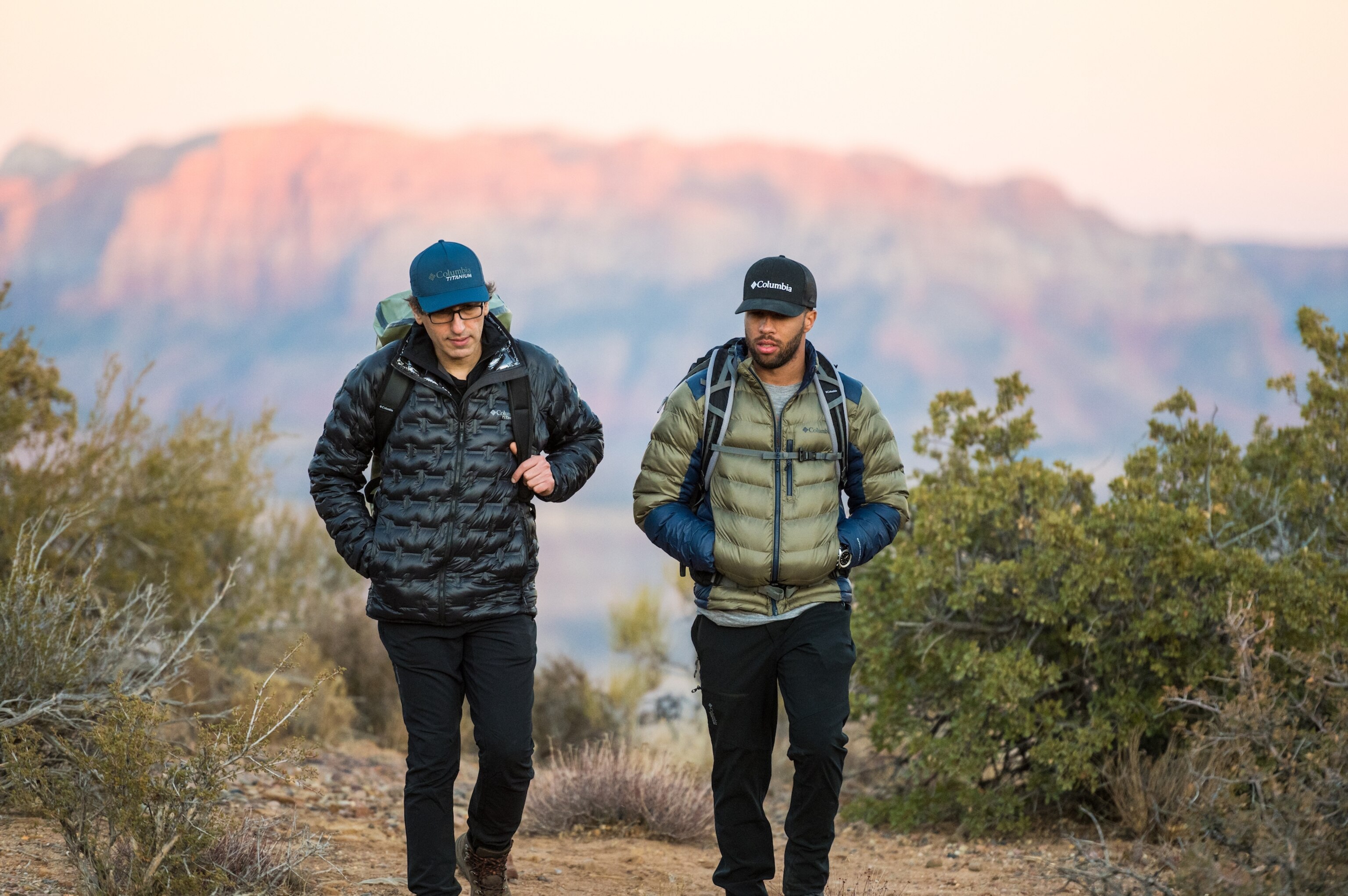
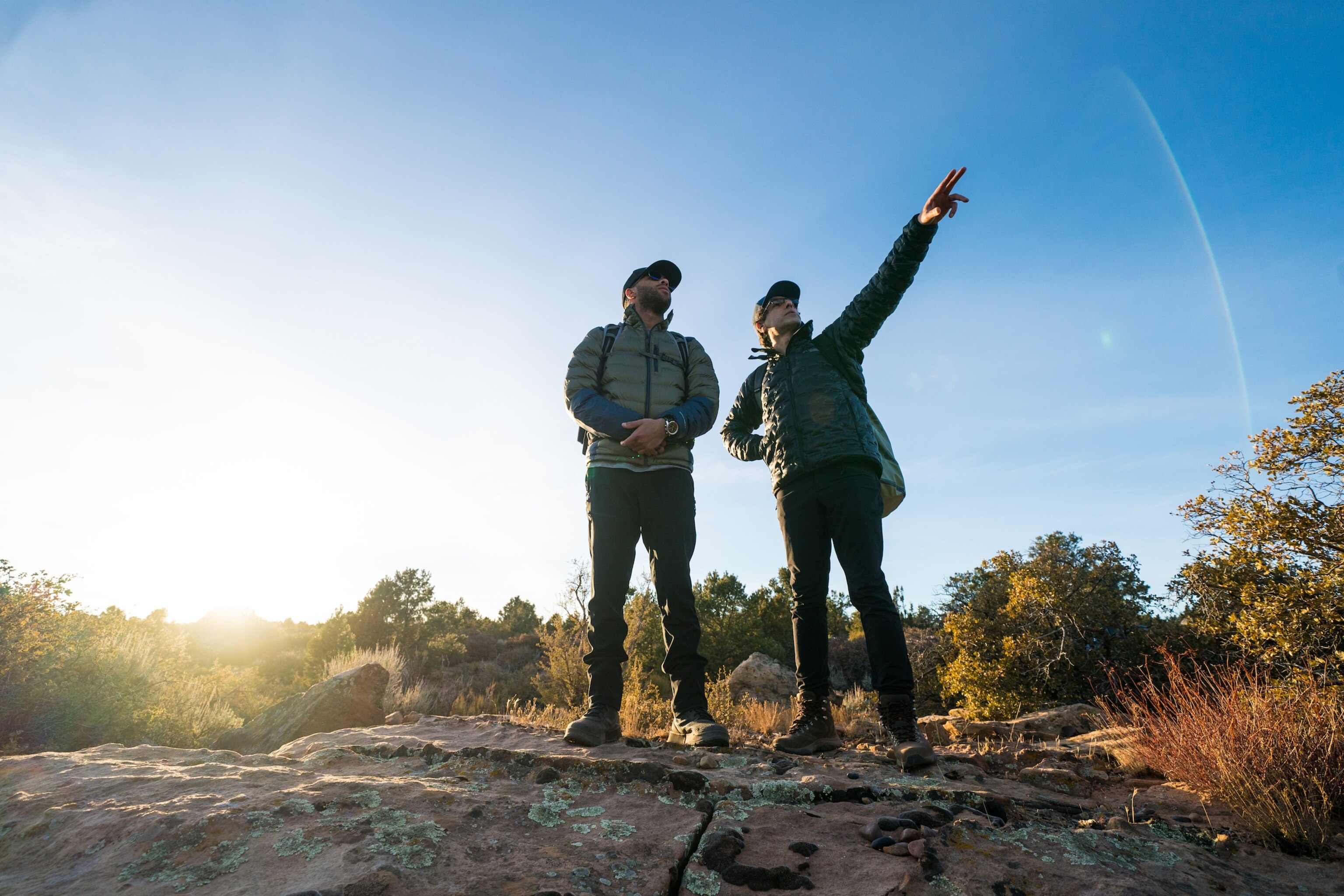
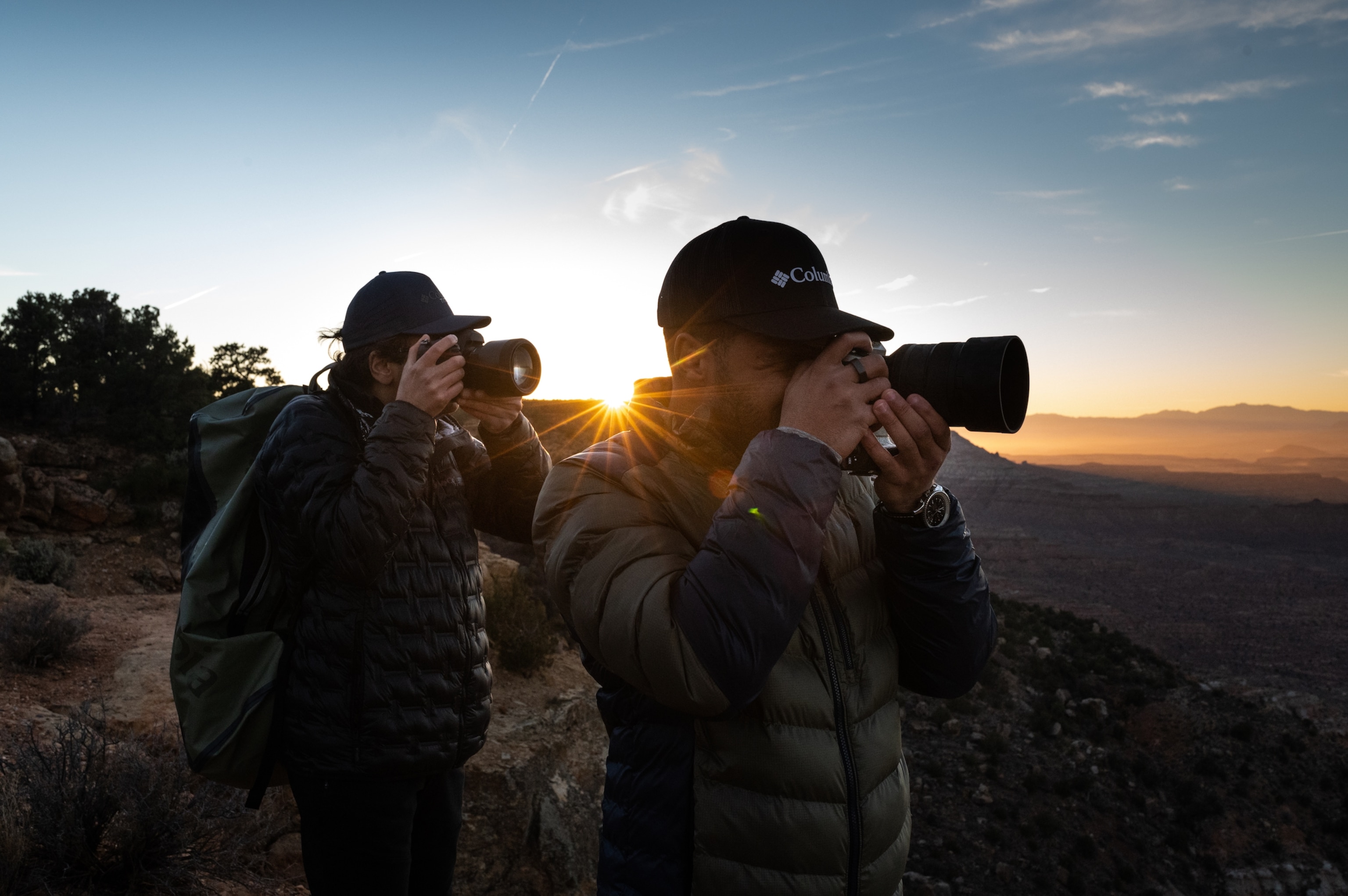
For decades, Babak has spent nights under the stars on all seven continents, using nightscape photography to bridge art and science. Bubba finds photography a perfect counterbalance to the roaring intensity of competition on the track. “It’s a peaceful escape that lets me slow down and enjoy the moment. The destinations I want to explore are all inspired by photography. But I’m a rookie, so learning from a pro like Babak was an exciting chance to expand my horizons.”
Gooseberry Mesa is far from population centers in a designated area protected from nighttime light pollution—a paradise for astral photographers. Natural night environments such as this are rare. Two-thirds of the world’s population lives where the Milky Way is no longer visible, a fact that fuels Babak’s efforts to document and protect the night sky as a natural resource for future generations.
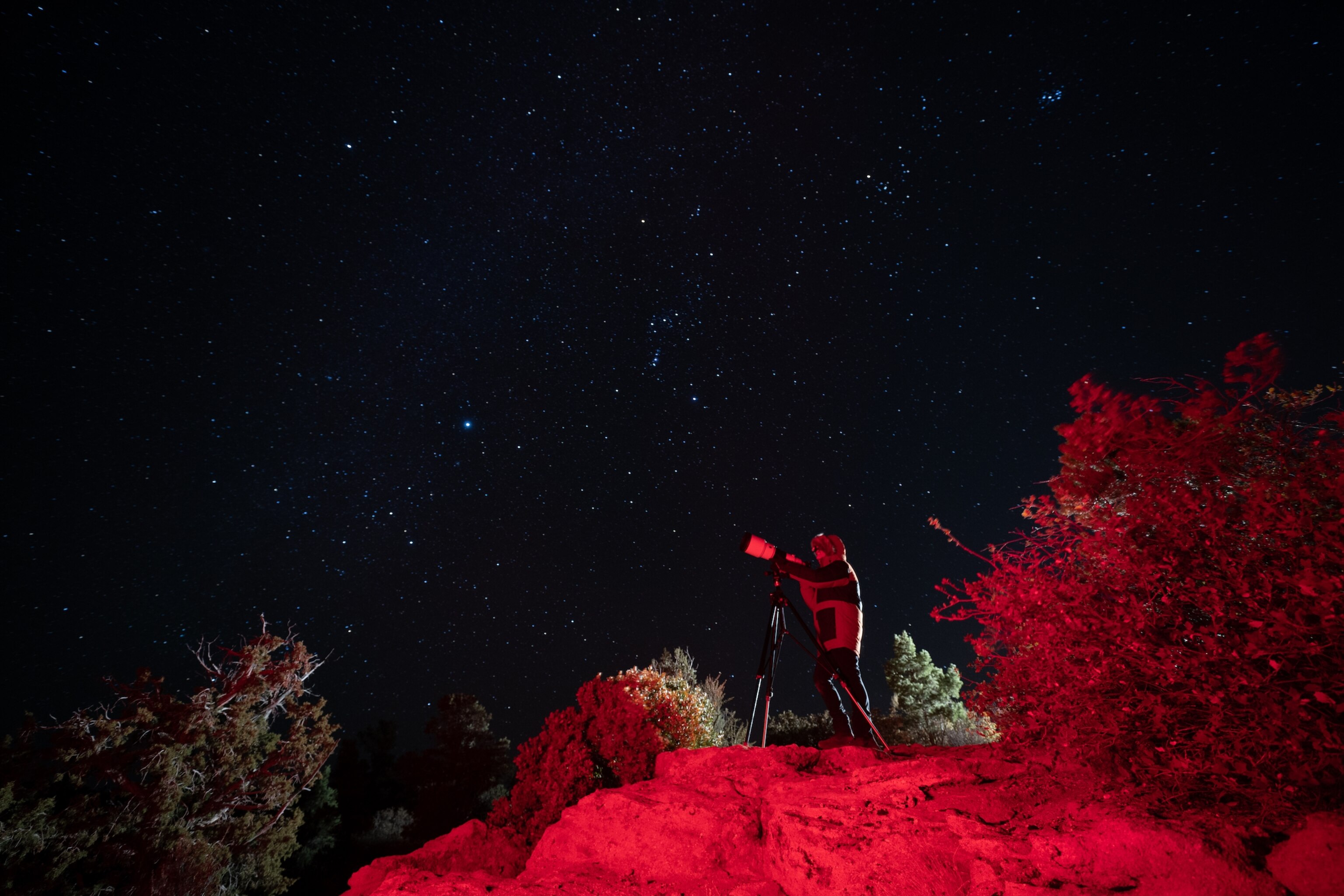
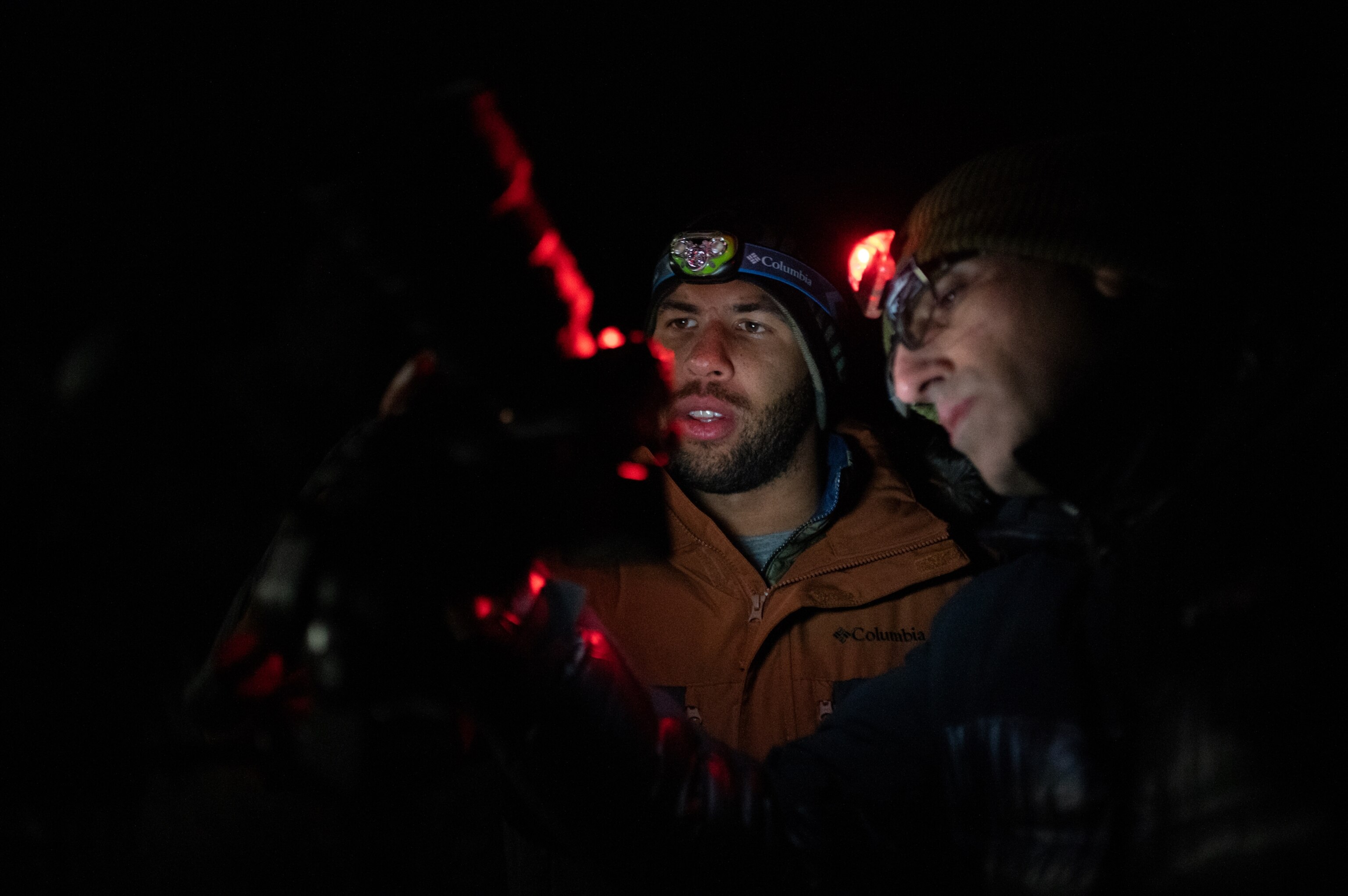
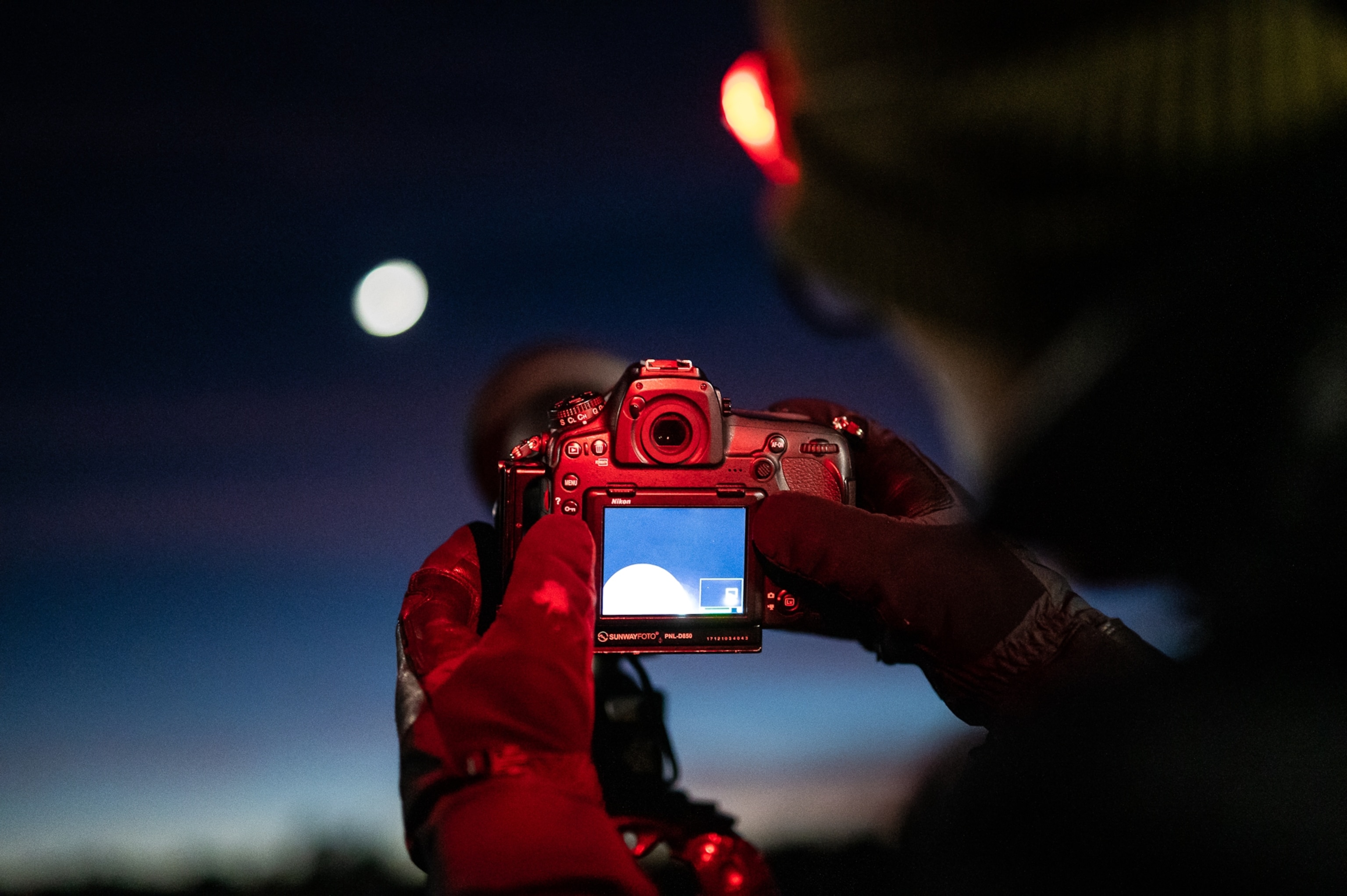
Camping, hiking, and shooting in the mesa’s rough terrain brought parallels between photography and racing into focus. Bubba notes, “You strap in, go through your checks, and once you fire up the engine there’s no turning back—I know I’ll be in that seat for more than three hours.” Babak agrees, “I have the same feeling as soon as I touch the wheel of my camera and change the exposure—I’m ready to continue through the entire night.” For Bubba, developing patience allowed him to mature as a driver and is equally essential to his photography. “With time-lapse, I may spend hours capturing 1,500 frames just for a couple of seconds of film. It can be frustrating until you accept that you can’t rush things.”
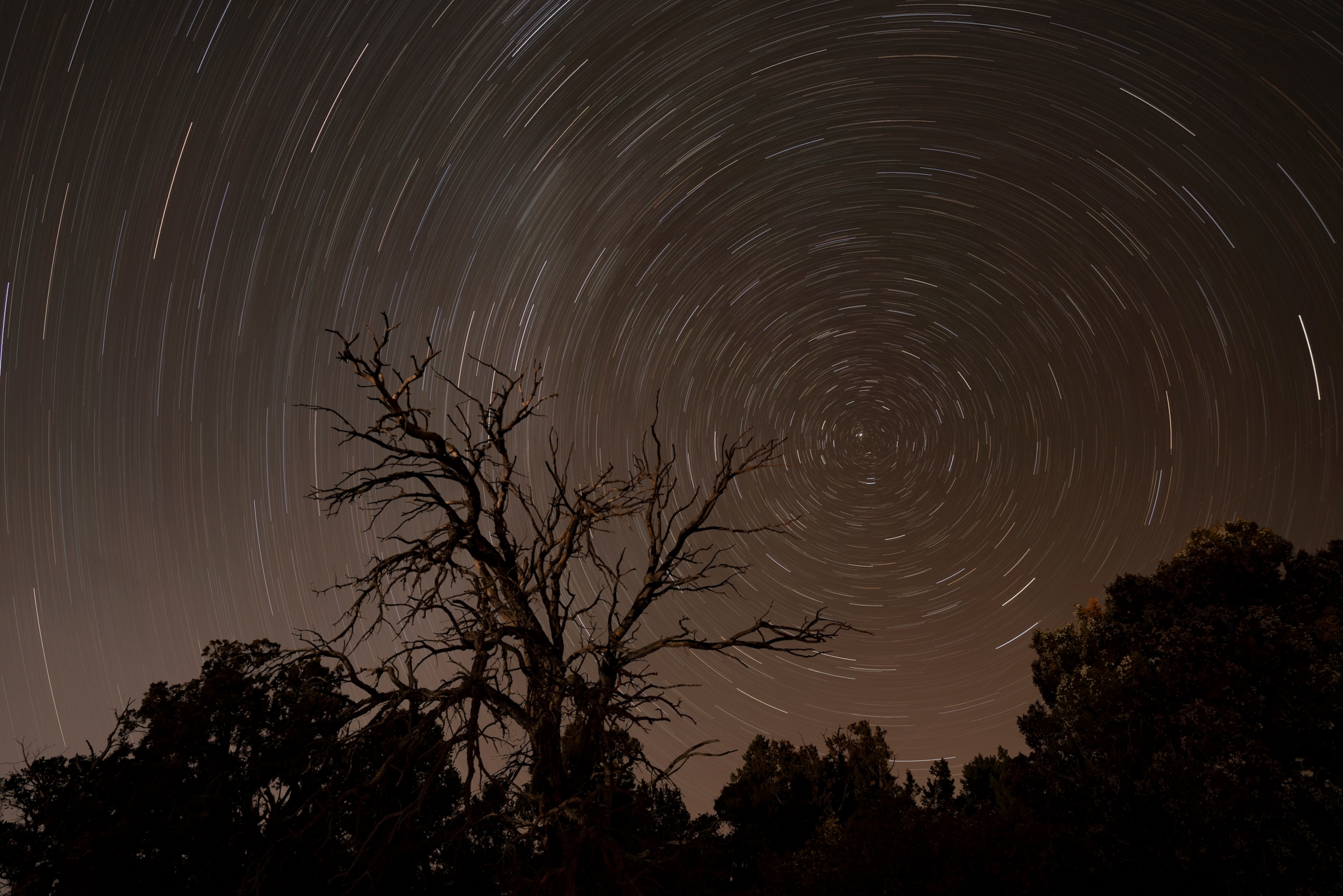

Seizing the moment is crucial too. “Every minute things are changing,” Babak explains. “The Earth’s shadow, the moonlight, the rise of constellations, a meteor—if you lose the moment, it’s gone forever.” Bubba likens the physical and mental demands of racing to his nights tackling Utah’s rugged landscape, high elevations, and subfreezing temperatures. “Out there and on the track, it takes endurance to stay focused the entire time.” Preparation is also key. “I want to advance beyond turning on the camera and shooting automatically. Just like I know the ins and outs of a race car, I need to deepen my understanding of the night sky and the camera—exposure levels, composition, the balance of foreground and background, and fundamental astronomy. At the track you’re fighting for thousands of an inch; with a camera it’s fractions of exposures. In both cases, going for that edge to be perfect takes total commitment.”
Think incoming clouds, wind, or mist will ruin your chance at a perfect shot? According to Babak, “With wide-angle nightscapes every unexpected weather condition can be an opportunity. Our photos show oranges and blues in the corona around the moon you wouldn’t see under a clear sky.”
As the sun sets in the desert, temperatures dive. Fast. The team was outfitted with Columbia gear to face the subfreezing conditions. For Babak, Columbia passed the test by keeping him warm without getting in the way of executing his craft. For Bubba, “Gear should help you do more of what you love—and it did.”

The team discovered shared interests that transcend photography. “We’re both passionate about bringing cultures together and using our work to break down boundaries,” says Babak. “The night sky has a unifying power. The new moon that appears over the Southwest United States was seen a few hours earlier in Europe. Even earlier, that moon was hanging over a mosque in the Middle East. Before that, people in a Buddhist temple in Nepal had the same view. The sky connects the whole world under one umbrella.”
“I’m excited to keep shooting with the new confidence and skills I’ve gained,” shares Bubba. “I have so many ideas I want to test. They say you miss 100 percent of the shots you don’t take. That applies to many things in life, but especially photography.”




